Welcome to ISHIMO, locally known as Yoshimura Stone shop. We are a Japanese stone company, with a legacy dating back over 290 years. We take immense pride in our unique and pristine creations, each meticulously crafted for both local and international clients. Our intricately detailed pieces are adorned across temples and shrines around Kyoto.
Explore the essence of Japanese culture through our stunning stone creations and uncover new wonders.
hello
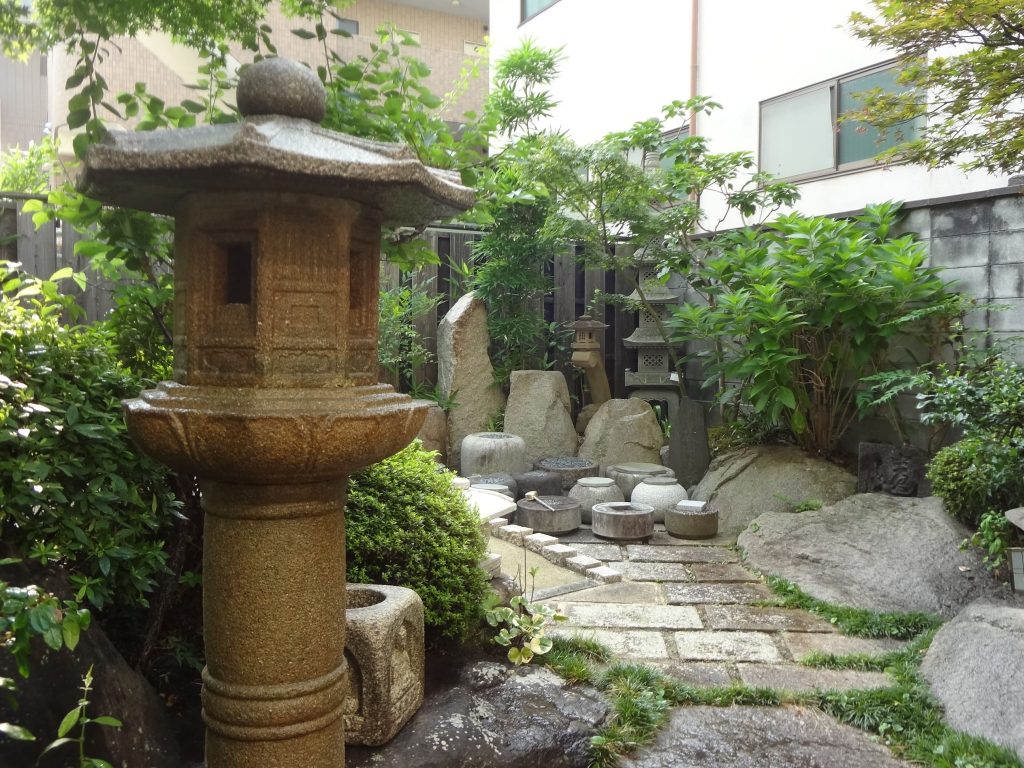
Stone Lanterns
Tōrō, meaning stone lantern in Japanese, is a traditional and timeless piece. Historically used to illuminate outdoor gardens and nighttime tea ceremonies, each stone lantern carries its own unique story. At ISHIMO, we offer handcrafted stone lanterns sourced from certified stonemasons across Japan. Most are meticulously crafted in Japan, featuring a variety of intricate designs and sizes that reflect the evolving history and artistry of Japanese culture. Explore our catalog to immerse yourself in the beauty and heritage of Tōrō.
● Catalog of Stone Lanterns
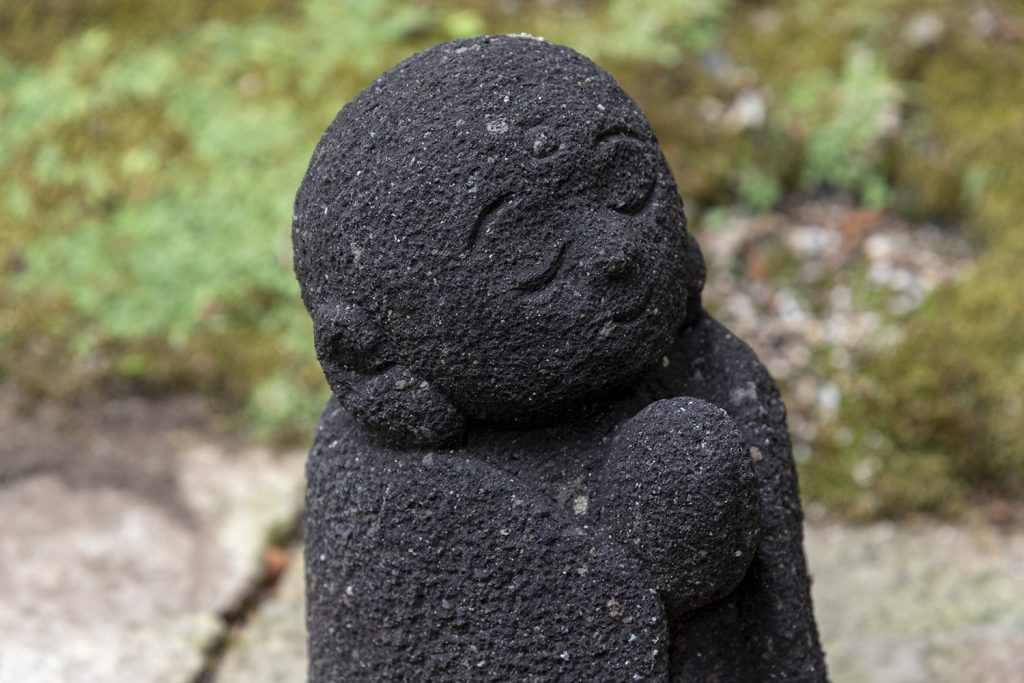
Jizo Statues
Jizō, affectionately known as Ojizō-sama, holds a cherished place as one of Japan’s beloved divinities, revered for protecting children and travelers alike. Traditionally placed along temples and roads, Jizō statues bring a sense of tranquility and safeguarding to any space. Crafted by skilled stonemasons from diverse regions around Japan, each Jizō statue carries its own unique positive expression and atmosphere—some smiling, others calming —reflecting the distinct styles of their artists.
● Catalog of Jizo Statues and other Buddhist Sculptures
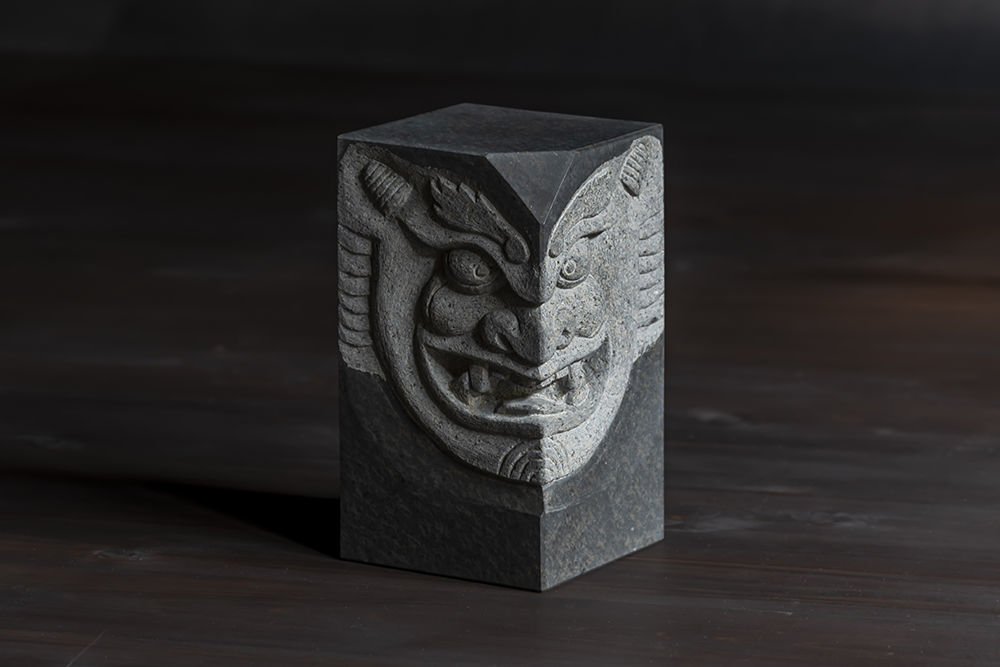
Stone Sculpture
Our collection of Japanese stone sculptures features a variety of exquisitely detailed motifs, and upon request can be designed for you. From the serene presence of stone Buddhas which offers tranquility and reflection, to animal sculptures that capture the spirit and beauty of nature, all are individually hand-carved works by traditional Japanese stonemasons. Visit our online store to explore the beauty and craftsmanship of stone sculptures.
● Catalog of Stone Sculptures
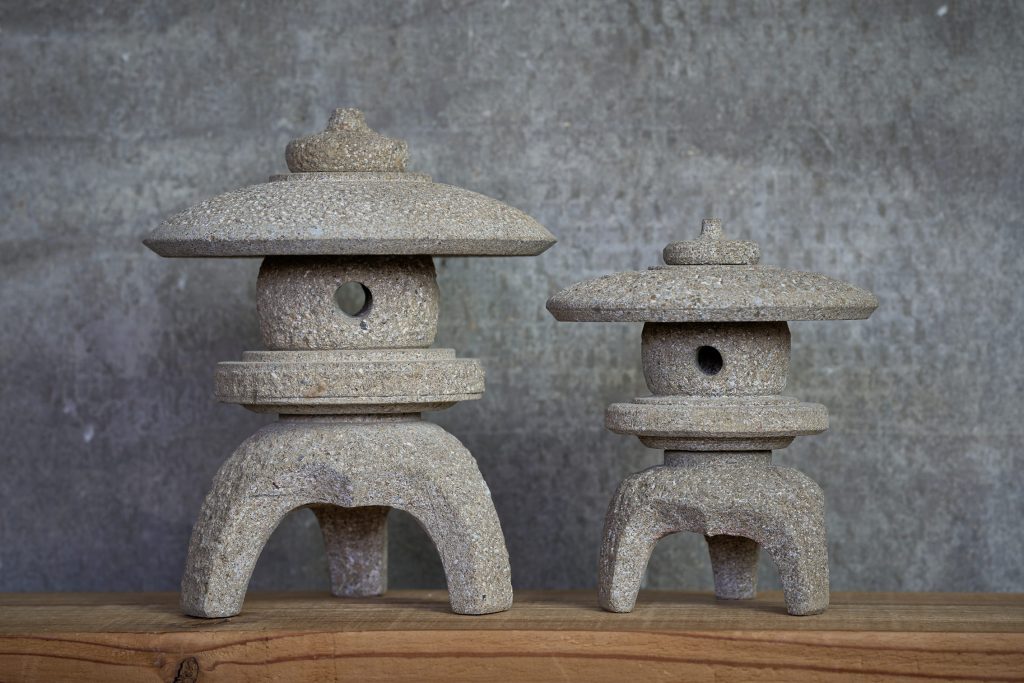
ISHIMO Online Store
Our online store showcases an intricate and diverse collection of Japanese stone craftwork, available for purchase. We warmly welcome overseas orders and offer a variety of convenient payment methods, including VISA, Mastercard, PayPal, JCB, Alipay, and UnionPay. We look forward to serving you and helping you bring a piece of Japan’s rich artistic tradition into your home or garden.
● ISHIMO Online Store
Custom-Made Orders
Entrust our craftsmen with your vision. Our designers specialize in transforming dreams into reality, offering ideas ranging from historic to modern styles. Working closely with stonemasons across Japan, we carefully select the perfect stone and carving techniques to embody your vision with grace and tranquility.
How to Visit Our Kyoto Shop
- Address: 208 Gochome, Sawaragicho agaru, Higashihorikawa Street, Kamigyo Ward, Kyoto City, Kyoto
- Postcode: 602-8043
- (京都市上京区東堀川通椹木町上ル五町目208)
- Nearest Stations
- Bus: 5-minute walk from “Horikawa Marutamachi” bus stop
- Subway: 15-minute walk from “Nijojo Mae” or “Marutamachi” stations
- Contact: Phone: +81 075-211-2711
- For details about opening hours and dates, please check on Google Map.
ISHIMO Showroom
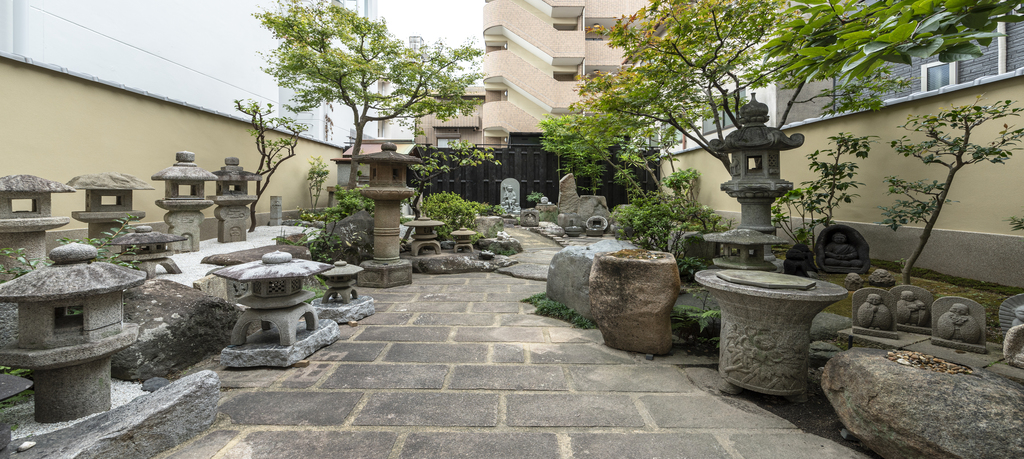
When in Kyoto, be sure to visit our showroom to explore our diverse collection of stone craftwork. Designed to emulate a serene Japanese garden, our showroom offers a tranquil space to experience the beauty and craftsmanship of our pieces firsthand. Draw inspiration from our extensive catalog and take home a piece of Japan’s rich artistic heritage.
History of ISHIMO
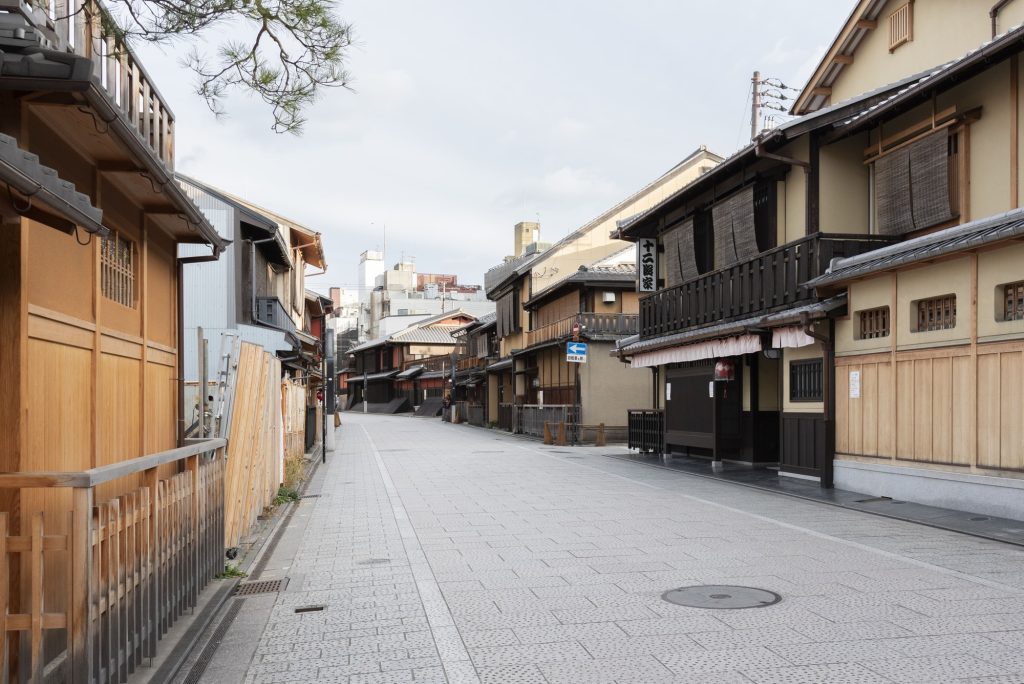
Founded in 1726 in Kyoto, Japan, ISHIMO stands as an enduring stone company with a rich history. “Ishimo” refers to “Ishi no Moemon,” which can be interpreted as Moemon of Stone, the ancestral name that established our lineage renowned for stone craftsmanship. During the Edo period, Moemon laid the foundation of ISHIMO with stone sculptures, evolving over time to undertake prestigious stone construction projects for temples, tea houses, and cultural landmarks such as Kiyomizu-temple, Golden Pavillion, Heian Shrine, and Hanamikoji Street, shaping Japan’s iconic stone landscapes over centuries.
Today, ISHIMO continues to lead Japan’s stone culture, solving contemporary societal challenges through the enduring beauty and resilience of stone craftsmanship.